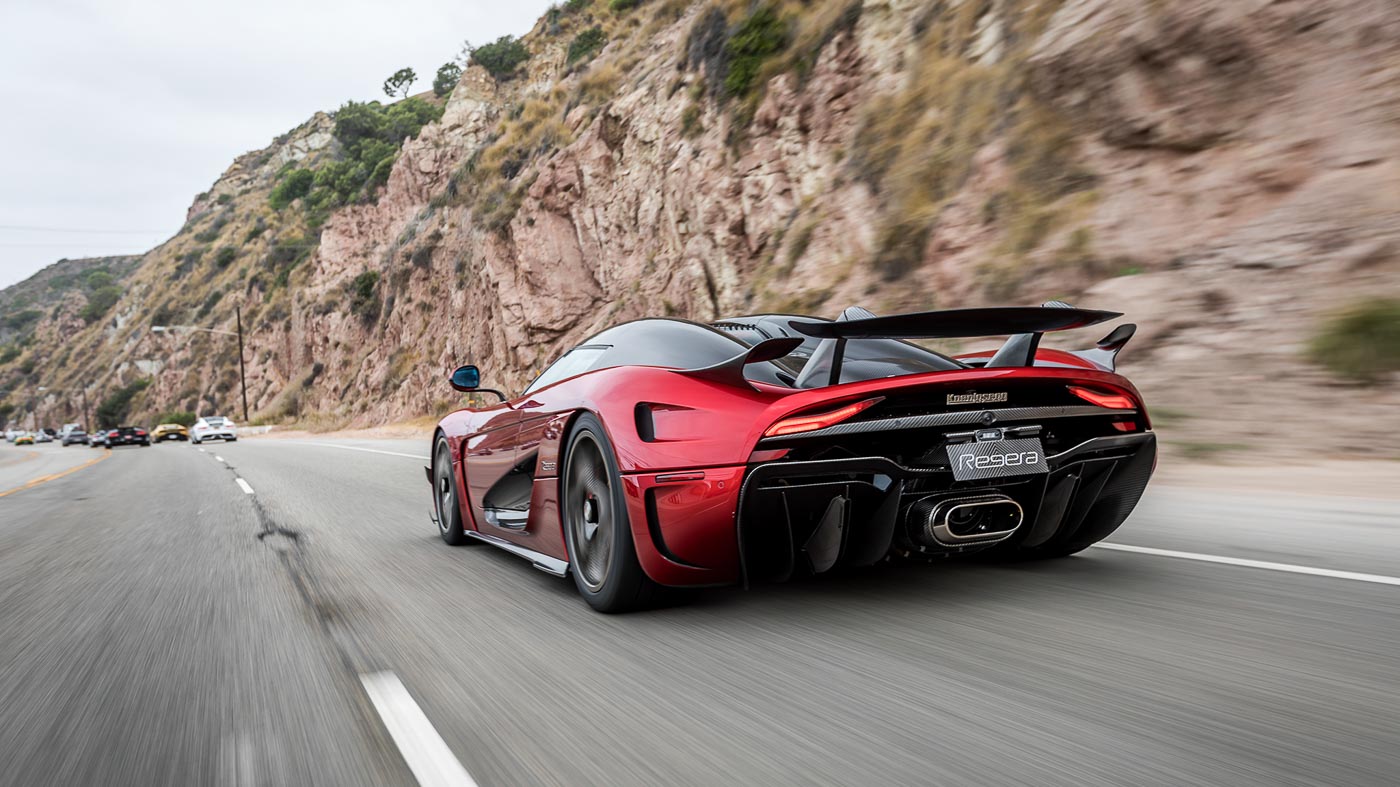Two years ago in 2017, Swedish hypercar makers Koenigsegg set an unprecedented record by taking their Agera RS from 0 to 400 km/h to 0 in 36.44 seconds on an airstrip in Denmark and then went on to break that record on a closed highway in Nevada, USA with a time of 33.29 seconds.
En route to the latter record, the Agera RS was covering 127 metres a seconds, beating the Chiron’s record along the way, making it the world’s fastest production car.
Not one to rest on their laurels, typical of Koenigsegg’s pioneering nature, they’ve went on to break their own record; this time in a Regera, which was let loose at a military airfield deep in forests of Sweden.
This time they’ve managed the same 0 to 400 km/h to 0 feat 1.8 seconds quicker than before, with a time of 31.49 seconds and this, in Christian von Koenigsegg’s own words, was already a conservative time as he believed the Regera could’ve performed better under the right conditions.

The statistic breakdown of this record absolutely baffles the mind. The Regera only needed 22.87 seconds and a distance of 1.6 km to hit 400 km/h and braking from 400 km/h to a complete stop required a mere 8.62 seconds over a distance of 435 metres.
Total distance used to achieve the record was just a whisker over two kilometres.

“This was a good opportunity to showcase the true capability of the Regera’s one-of-a-kind Direct Drive transmission. As the Regera only has one gear we had to make use of it from standstill to the record top speed of 403 km/h limited by rpm,” said Koenigsegg CEO, Christian von Koenigsegg.
Despite the monumental feat, it’s worthwhile to mention that the Regera was not purpose-modified for the record but is instead a fully homologated production car with its luxurious fittings and seats still intact. The only modifications were a roll cage and a four-point harness for driver safety.





